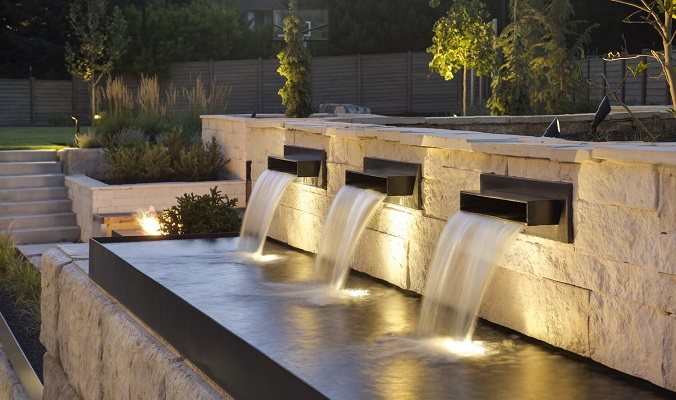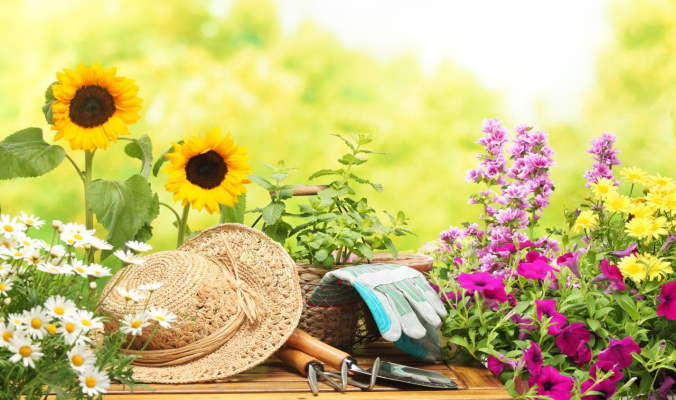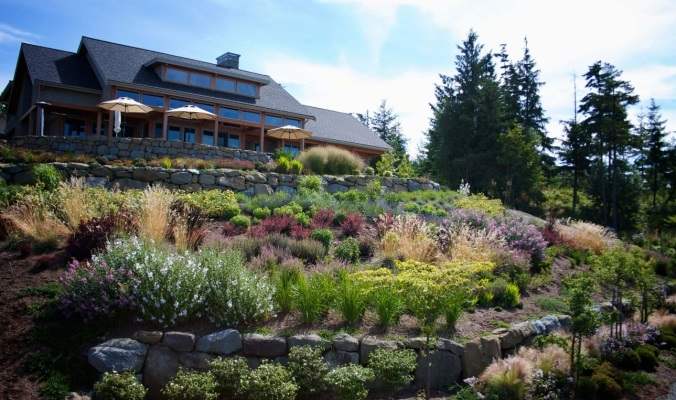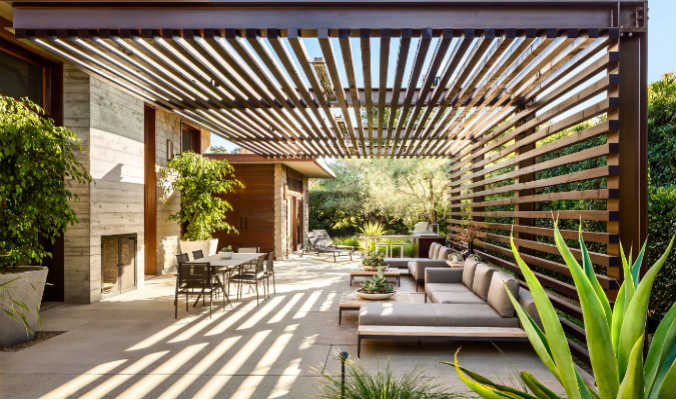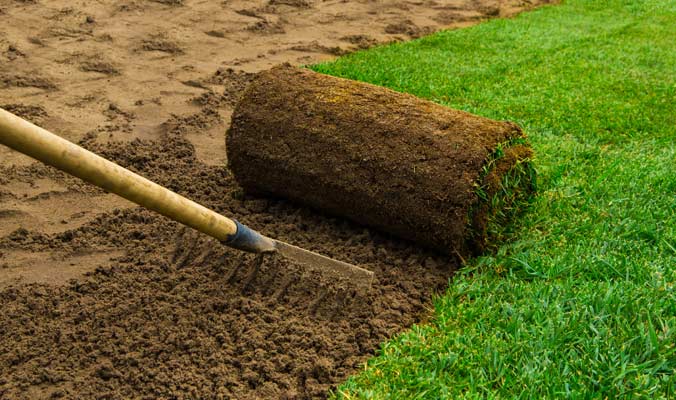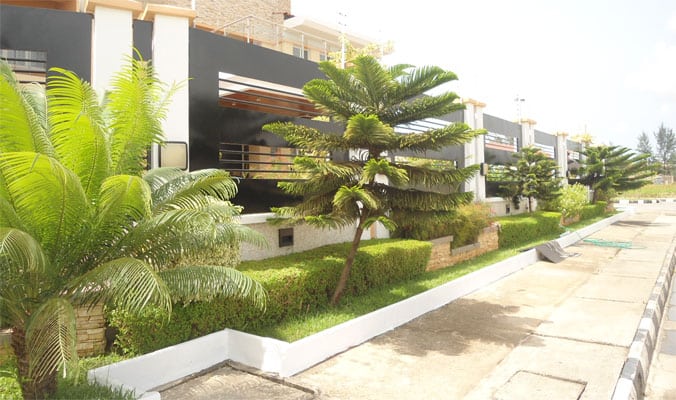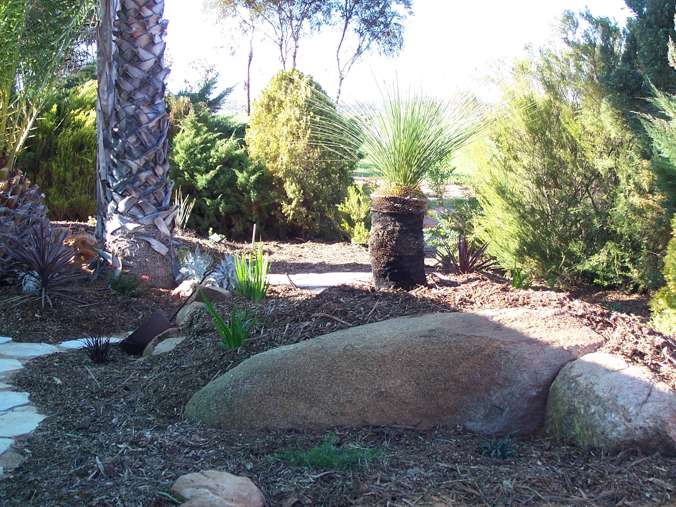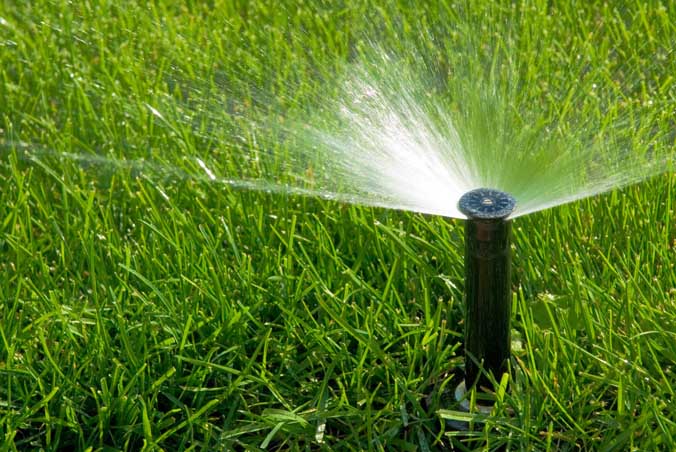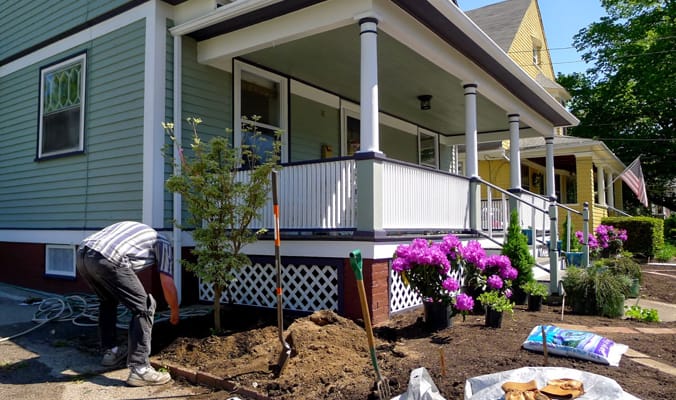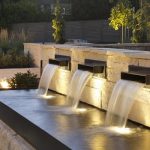When discussing your wishes with landscape architects as to what you want to be included in your new landscape design, we sincerely hope that one or more water features are on the list. As for constitutes a water feature it can be anything from a small bird bath to a large fountain, from an artificial stream to a pond, and many more including a full-sized swimming pool if your property is large enough.
Water features are amazing in that they can activate several senses including seeing the beauty of cascading water, listening to the peaceful ripples from a small stream, or the cooling feel as you splash cold water onto your face on a hot summer’s day. You can also include taste if you have a drinking fountain, and smell if you have a fish pond, so that takes care of all five senses.
As well as what we have just described, water features have several other benefits for homeowners who request that their landscape architect include one in the landscape design they are creating. If you are unsure of what they might be, please continue reading and you will discover that we have highlighted five reasons why you will want a water feature in your landscaped garden.
Continue reading “5 Reasons To Ask Your Landscape Architect To Include Water Features”
